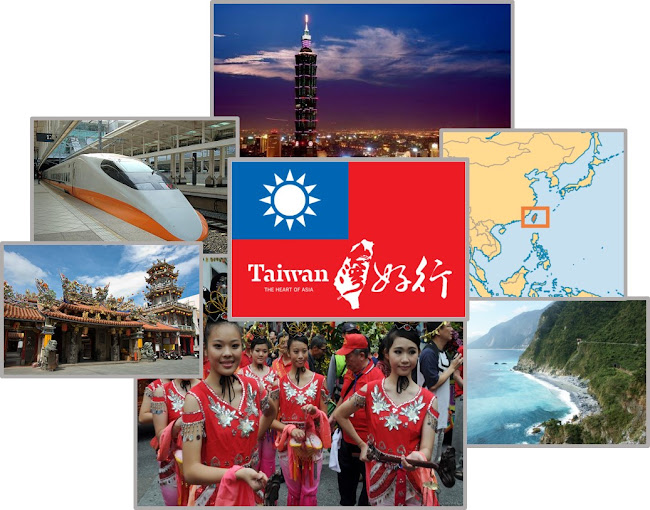





April 3, 2011 Guangzhou airport China
Hi all,
After returning from the mountain trek in Sapa, I spent a couple of days in Hanoi to finish off the trip. Hanoi was founded by Vietnam Emperor Ly in 1010 AD, so it is quite an old city. The city within the Red river's bend. You can see the Chinese influence in temples and in its history. In the 19th century, the French arrived and did a little cultural vandalism by tearing down parts of the ancient city and temples, but they brought with them new European architecture and French bread!! Vietnam declared independency from the French in 1954. And then we know what happened with the American involvement in the late 50's through 1975.
I like Hanoi better than Ho Chi Minh City (HCMC). They seem to be similiar in size, I think Hanoi is smaller. They are very busy with traffic, motorcycles, etc, but there is a character here I like better. Walking through the Old Quarter is a real trip. Shops are generally arranged in areas, each street specializing in a certain product. There is the shoe shop street, the plumbing street, the buttons and fabric street, and the paper lantern street. This dates back to age of the craft guilds in the 13th century. Actually a good concept. And of course all over, as in HCMC, the sidewalks are alive with activities, eating, motorcycle parking, barbers cutting hair, merchants selling fruit. Walking the sidewalks is a real challenge, dodging and weaving through the dining areas, residents all sitting on little stools about a foot off the ground, and motorcycle parking...it doesn't seem to end. It's fascinating and amazing. You can walk for hours, just
seeing and feeling the city, with action at every step.
I visited the Old Quarter, buzzing with activity, walked the Hoam Kiem lake, the Fine Arts Museum, the Temple of Literature and the Hoa Lo Prison. The Hoa Lo Prison, aka "Hanoi Hilton" is where the American pilots including Senator McCain, were held during the Vietnam war.
At the prison, for the coverage of the American involvement in the war, the only pictures shown were of protestors objecting to the war, and there was a big play on how well the Americans were treated in prison - basketball courts, nice clothes etc....yea right! Propaganda is here loud and clear.
It was a very depressing prison, it served a great deal for housing the political prisoners protesting against the French in the early part of the 20th century. The French even installed a Guillotine in the prison.
Well I'm sitting in an airport in China, waiting for a flight home. I guess this signals the end of the trip. It was an amazing trip, Cambodia and Vietnam, small countries in size but historical and cultural giants, growing rapidly with new economies that are blossoming under a communist regime now nearly 40 years after the war.
Enjoyed having you along.
-Bill














































